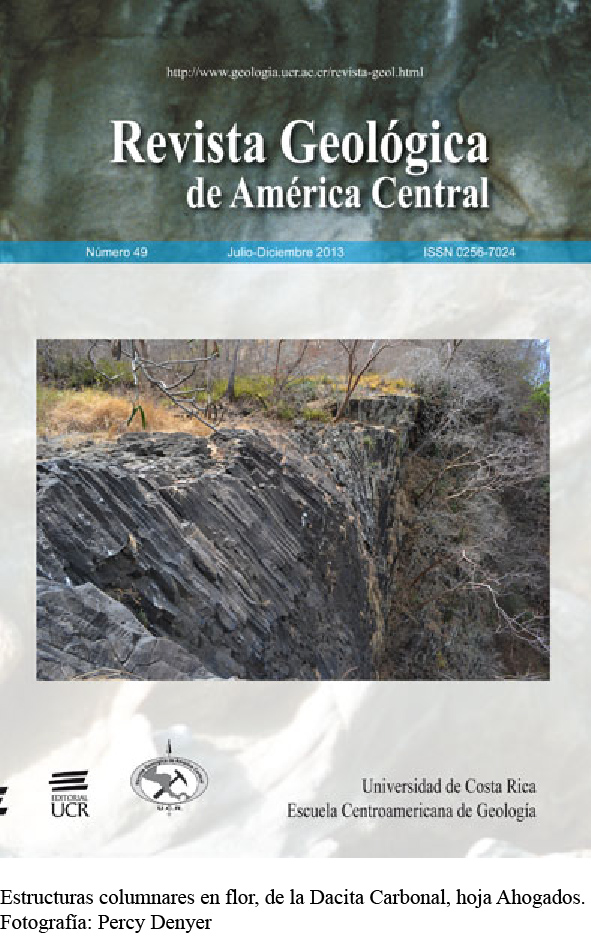Abstract
In Costa Rica, small fragments of amber are found in Miocene, shallow marine clastic sedimentary rocks of Punta Judas Formation (Middle Miocene), Santa Teresa Formation (Lower Miocene) and Curré Formation (Middle-Upper Miocene). Sub-amber or copal is found relative in abundance in some localities on the ground, in the residual earth soil, in the mountain hills near San Cristóbal de Savegre (Aguirre, Puntarenas). The copal samples have sub-rounded (21.3%), tabular (29.6%) and trunk forms (30.4%), but some have undefined or transitional (18.7%) mor- phologies. The color varied from orange/reddish (57.4%), yellow (31.0%) and light yellow (11.6%); and some samples have enclosed insects. The age of the copal is about 1670-1780 A.D. (14C calibrated age). Although these copal occu- rrences appear to have no economical important value, they could be used for local artisans.
This work is licensed under a Creative Commons Attribution-NonCommercial-ShareAlike 3.0 Unported License.
Copyright (c) 2014 Revista Geológica de América Central
Downloads
Download data is not yet available.

